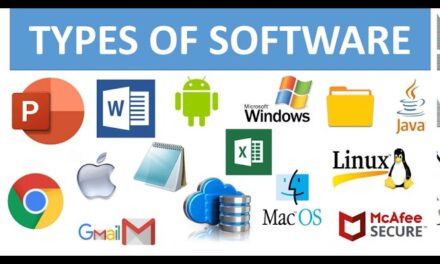
SEO
Posted by Sumerna Mahmood | May 4, 2024 | BLOG | 0 |
The Ultimate Guide to SEO: Boost Your Website’s Visibility
Search Engine Optimization (SEO) is the key to improving your website’s visibility and ranking on search engine results pages (SERPs). By optimizing your content and website structure, you can attract more organic traffic and reach a larger audience. Here’s a comprehensive guide to help you understand and implement SEO best practices.

SEO concept. 3d illustration.
Understanding SEO
SEO is the process of optimizing your website to improve its visibility on search engines like Google, Bing, and Yahoo. It involves optimizing your content, website structure, and off-page factors to rank higher in search results for relevant keywords.
Keyword Research
Keyword research is the foundation of SEO. It involves identifying the keywords and phrases your target audience is using to search for information related to your business. Use keyword research tools like Google Keyword Planner, SEMrush, or Ahrefs to find relevant keywords with high search volume and low competition.
On-Page SEO
On-page SEO involves optimizing individual pages of your website to improve their ranking in search results. This includes optimizing your meta tags (title tag, meta description, and headers), using relevant keywords in your content, optimizing images, and improving page load speed.
Content Optimization
Creating high-quality, relevant content is essential for SEO. Use your target keywords naturally throughout your content, and provide valuable information that answers your audience’s questions. Use headings, bullet points, and images to make your content more readable and engaging.
Off-Page SEO
Off-page SEO involves optimizing factors outside your website that influence your ranking in search results. This includes building high-quality backlinks from other websites, engaging with your audience on social media, and improving your online reputation.
Technical SEO
Technical SEO focuses on optimizing your website’s technical aspects to improve its search engine ranking. This includes optimizing your site’s URL structure, improving site speed, fixing broken links, and ensuring your website is mobile-friendly.
Local SEO
Local SEO is important for businesses that target a local audience. It involves optimizing your website and content for local keywords, claiming your Google My Business listing, and getting positive reviews from customers.
Measuring and Tracking
Measuring and tracking your SEO efforts is essential to determine what’s working and what’s not. Use tools like Google Analytics and Google Search Console to track your website’s performance, monitor keyword rankings, and identify areas for improvement.
Staying Updated
SEO is constantly evolving, so it’s important to stay updated with the latest trends and best practices. Follow SEO blogs, attend webinars, and participate in online forums to stay informed about the latest developments in SEO.
In conclusion, SEO is a critical aspect of digital marketing that can help you improve your website’s visibility, attract more organic traffic, and reach a larger audience. By understanding and implementing SEO best practices, you can boost your website’s ranking and achieve your online marketing goals.










